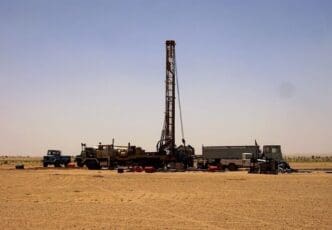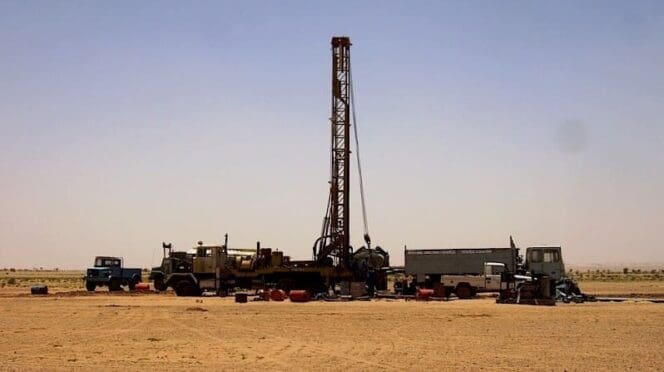Table of Contents Show
The global nuclear power industry is experiencing a resurgence, with Japan and China at the forefront of this renewed push for clean, reliable energy. This shift comes as countries seek to reduce their reliance on fossil fuels and combat climate change, while also ensuring energy security in an increasingly volatile world.
Japan’s Nuclear Comeback
Japan, once a leader in nuclear power, has been cautiously restarting its reactors after the devastating Fukushima disaster in 2011. The country recently took a significant step forward by loading fuel into the Kashiwazaki Kariwa plant, the world’s largest nuclear power generator. Although the plant’s restart is not yet guaranteed, as it requires approval from the Niigata prefecture’s governor, this move signals Japan’s commitment to reviving its nuclear industry.
The Japanese government made a U-turn in its nuclear energy policy at the end of 2022, recognizing the need for a stable, clean energy source in the face of soaring import costs for oil and gas. This policy shift includes allowing the development of new nuclear reactors and extending the operational life of existing reactors beyond the current 60-year limit.
China’s Nuclear Ambitions
China, meanwhile, is leading the global nuclear power build-out, with 26 nuclear power units under construction, totaling 30.3 gigawatts (GW) of capacity. The country’s motivation for expanding its nuclear fleet is twofold: meeting rising power demand and reducing air pollution from coal-fired power plants.
As of September 2023, China had 55 nuclear power units in operation with a combined installed capacity of 57 GW, and 24 units under construction with a total installed capacity of 27.8 GW. The country aims to increase its nuclear capacity to an impressive 400 GW by 2060 and is expected to approve six to eight new nuclear power units each year in the foreseeable future.
Global Support for Nuclear Energy
The renewed interest in nuclear power is not limited to Japan and China. At the COP28 climate summit in Dubai last year, the United States and 21 other countries pledged to triple nuclear energy capacity by 2050, recognizing its critical role in achieving net-zero emission goals.
Uranium Market Bullish Outlook
The resurgence of nuclear power has led to a bullish outlook for the uranium market. Spot prices for the commodity have doubled since the start of 2023, reaching a high of US$106 per pound in January. This price increase is driven by growing demand from utilities and the recognition that nuclear power is essential for achieving clean energy targets.
However, the uranium market faces some challenges, particularly in terms of supply. Kazakhstan, the world’s largest uranium producer, has struggled to meet production targets due to construction delays and a shortage of sulfuric acid. Additionally, potential U.S. legislation banning imports of enriched uranium from Russia could further tighten supply, as Russia currently provides nearly 25% of this essential component for nuclear fuel to U.S. utilities.
Despite these challenges, analysts remain optimistic about the long-term prospects for uranium. Eight Capital, a Toronto-based firm, conservatively forecasts an average spot price of US$100 per pound in 2024, rising to US$120 by 2026. The firm also notes that the long-term contract price paid by utilities has jumped 41% since the start of 2023, indicating strong demand from the industry.
As the world continues to grapple with the urgent need to address climate change and ensure energy security, the nuclear power industry appears poised for a significant resurgence. With Japan and China leading the charge, and a growing global consensus on the importance of nuclear energy, the uranium market looks set to benefit from this renewed demand in the years to come.





